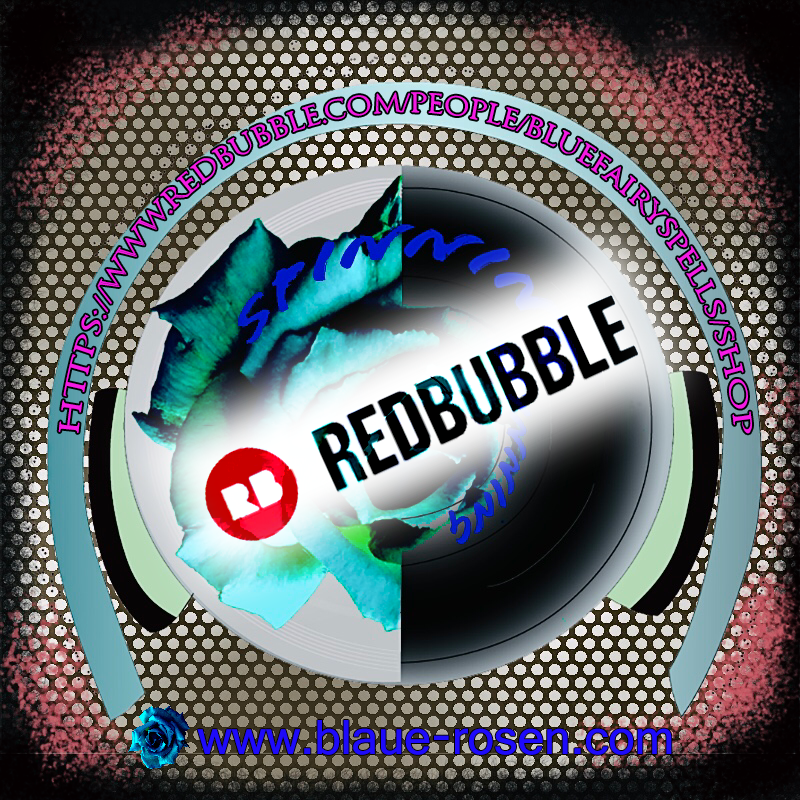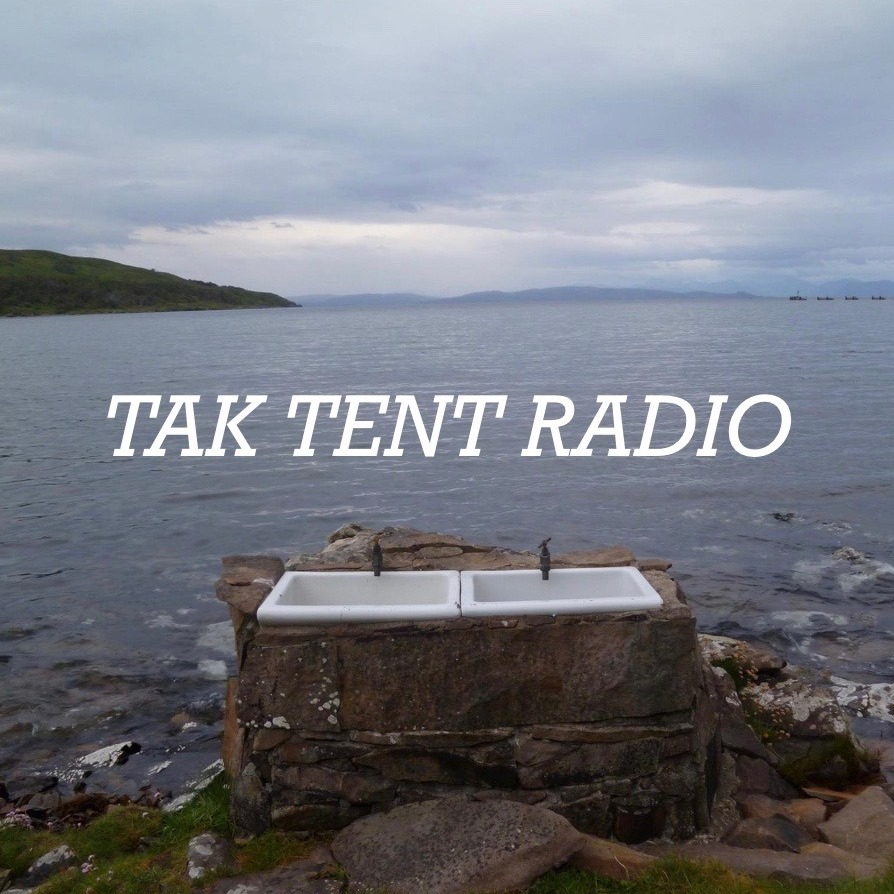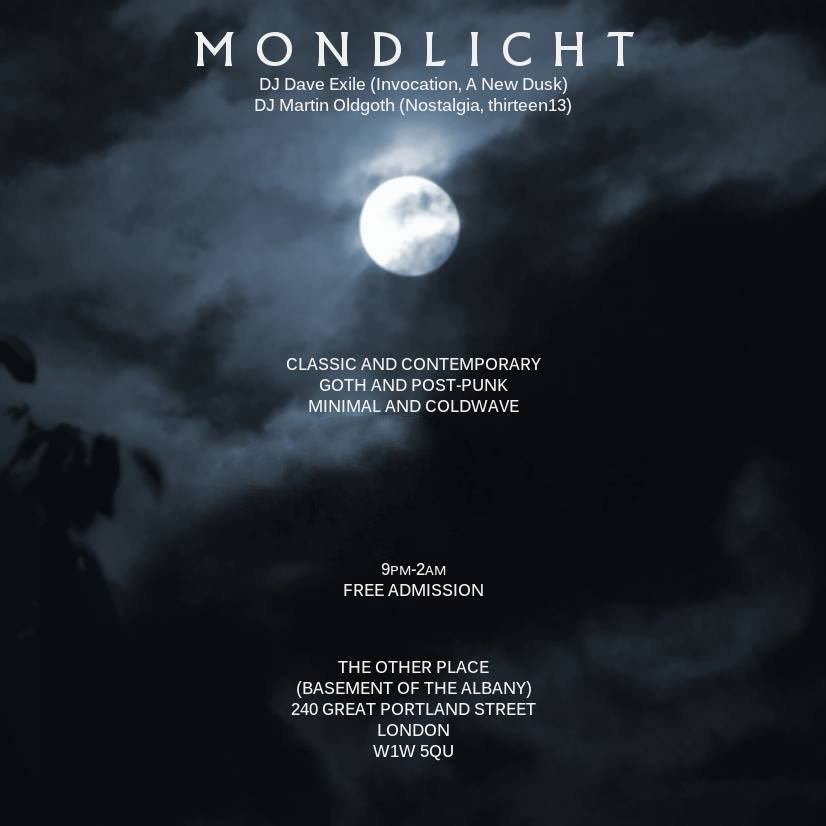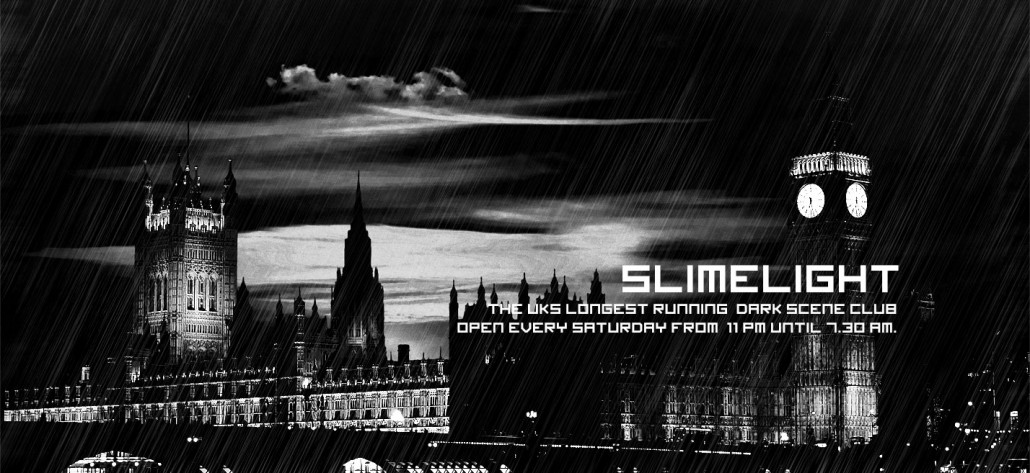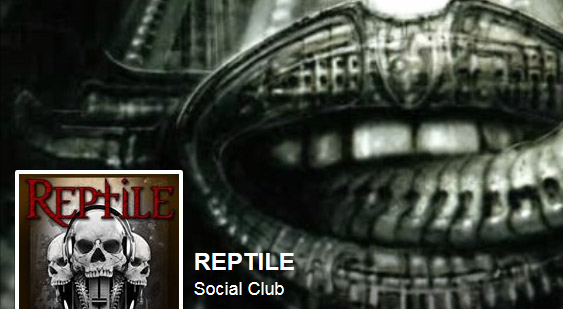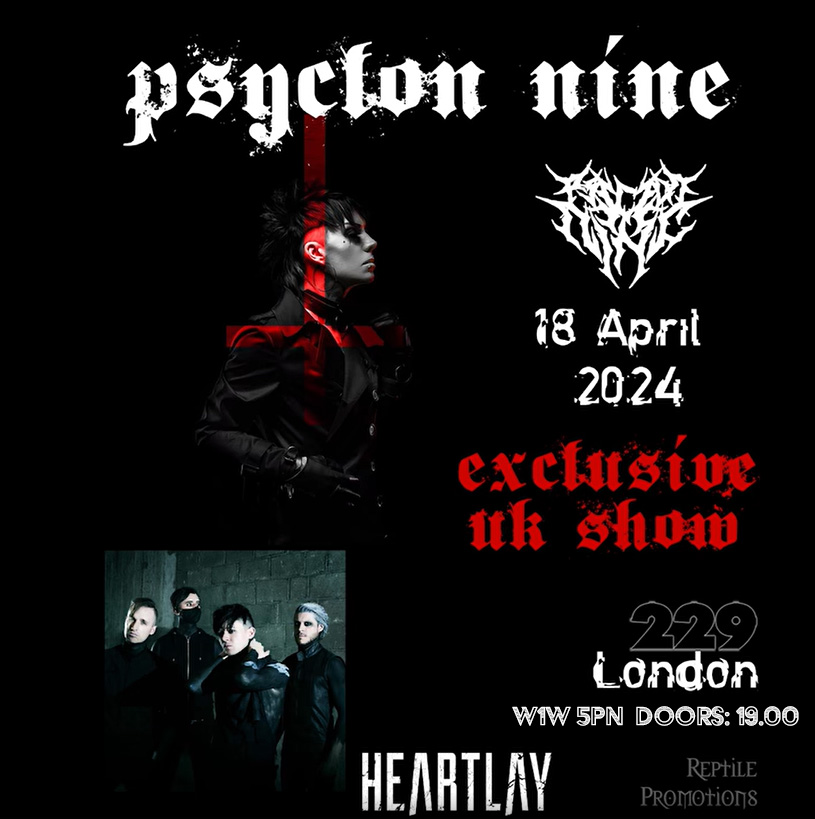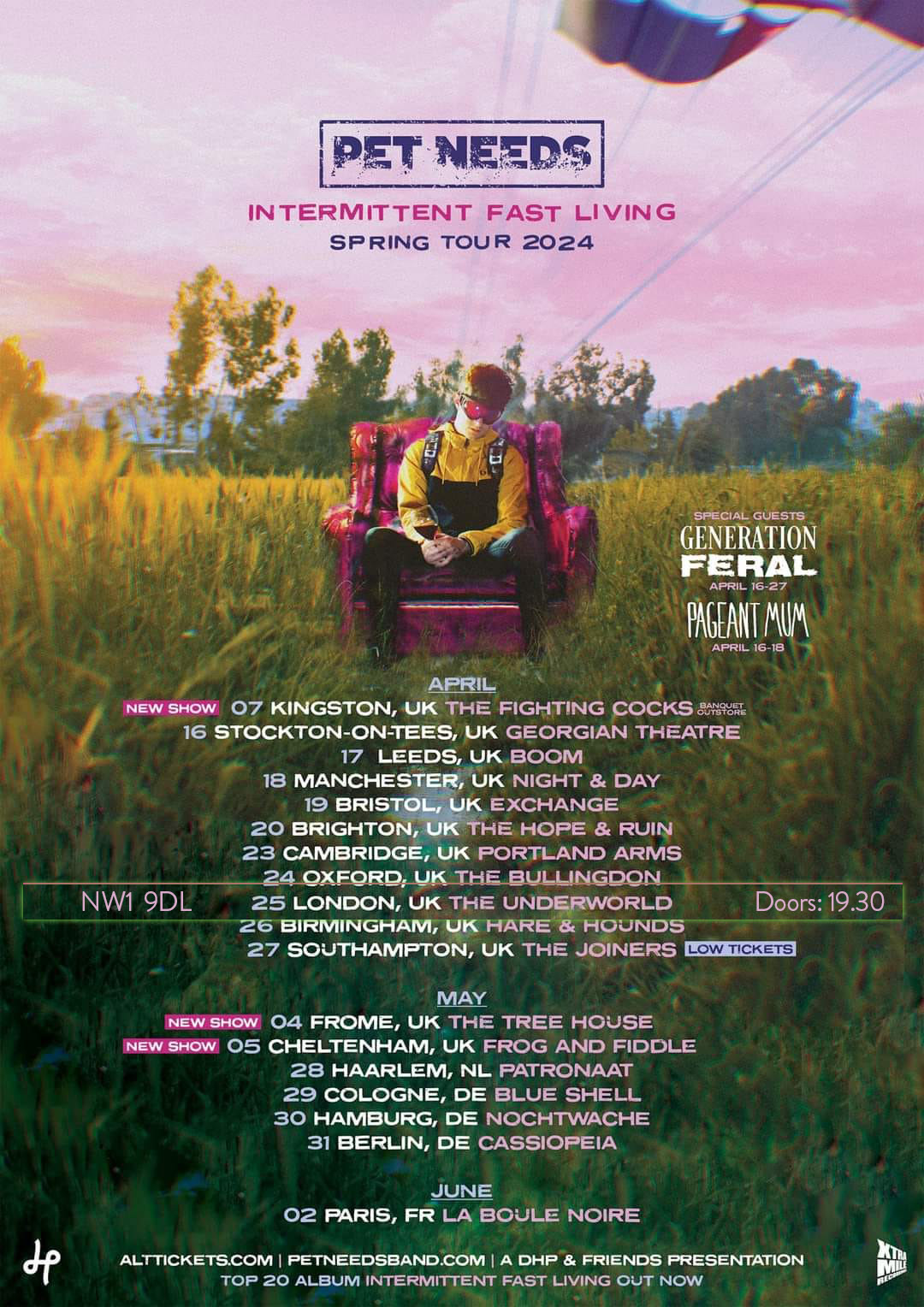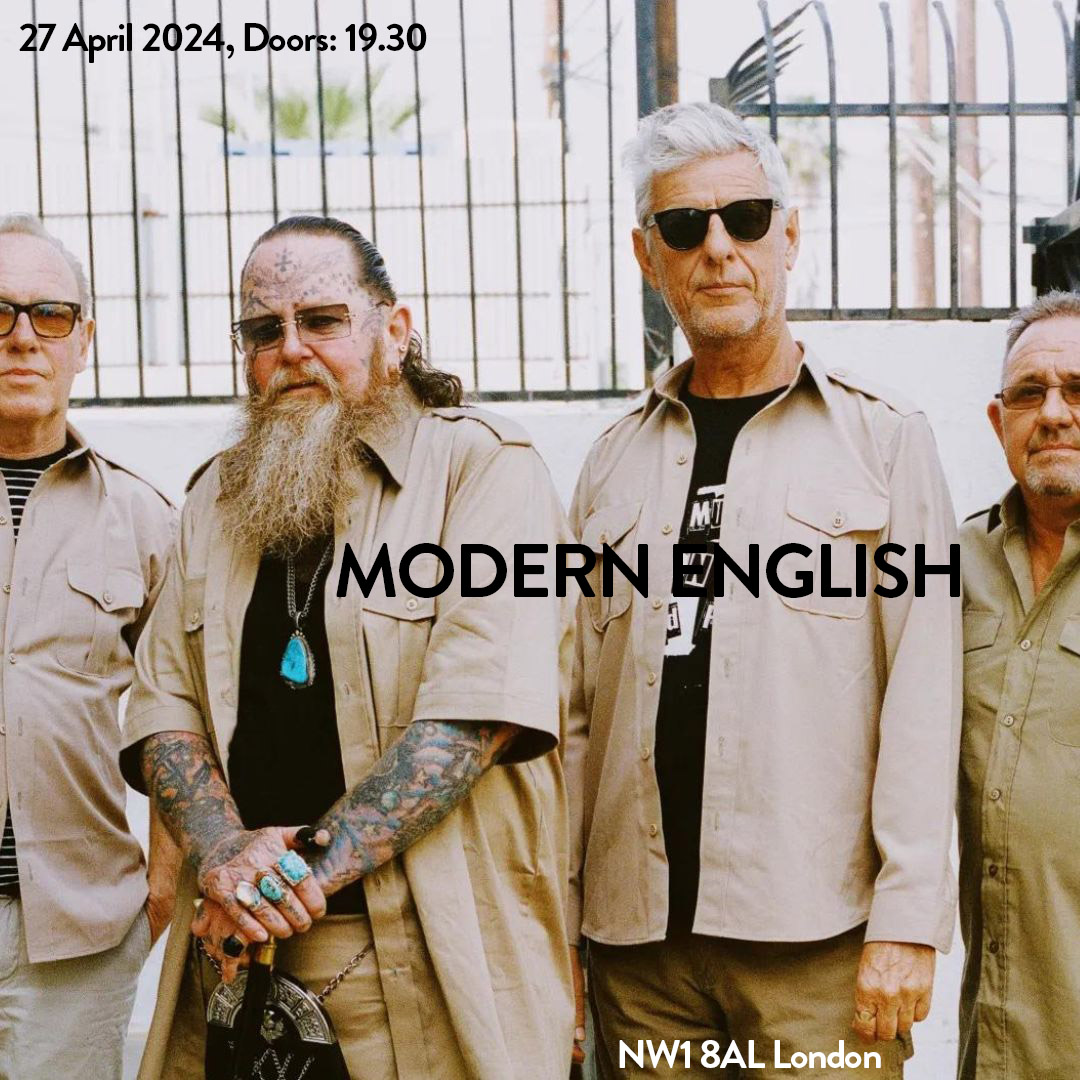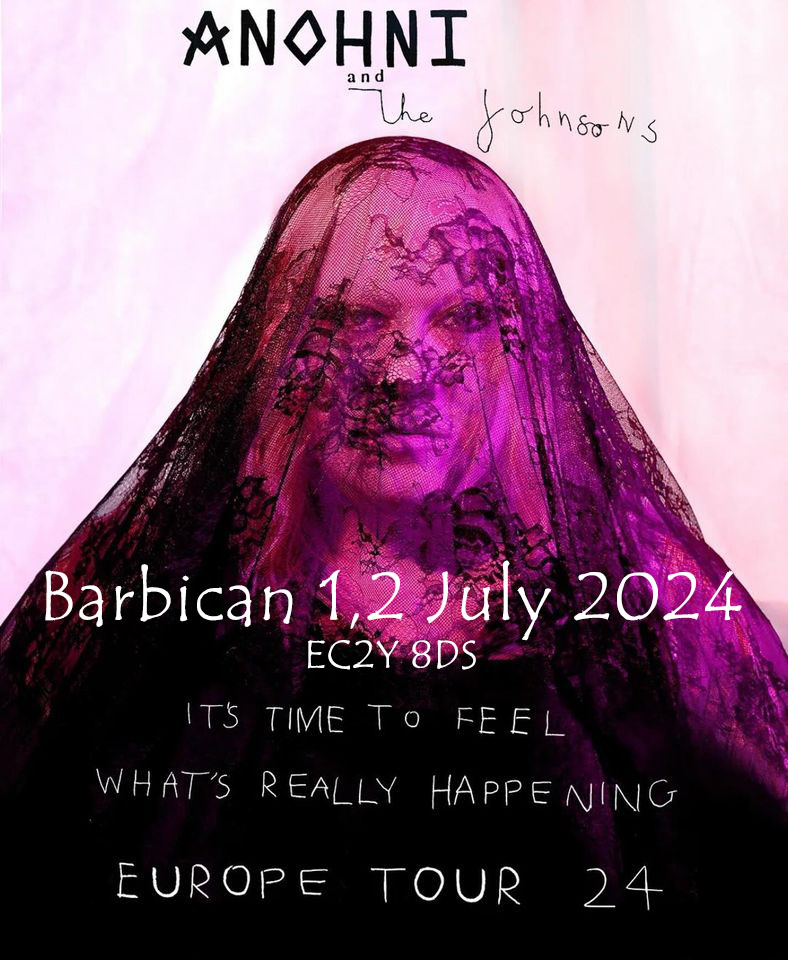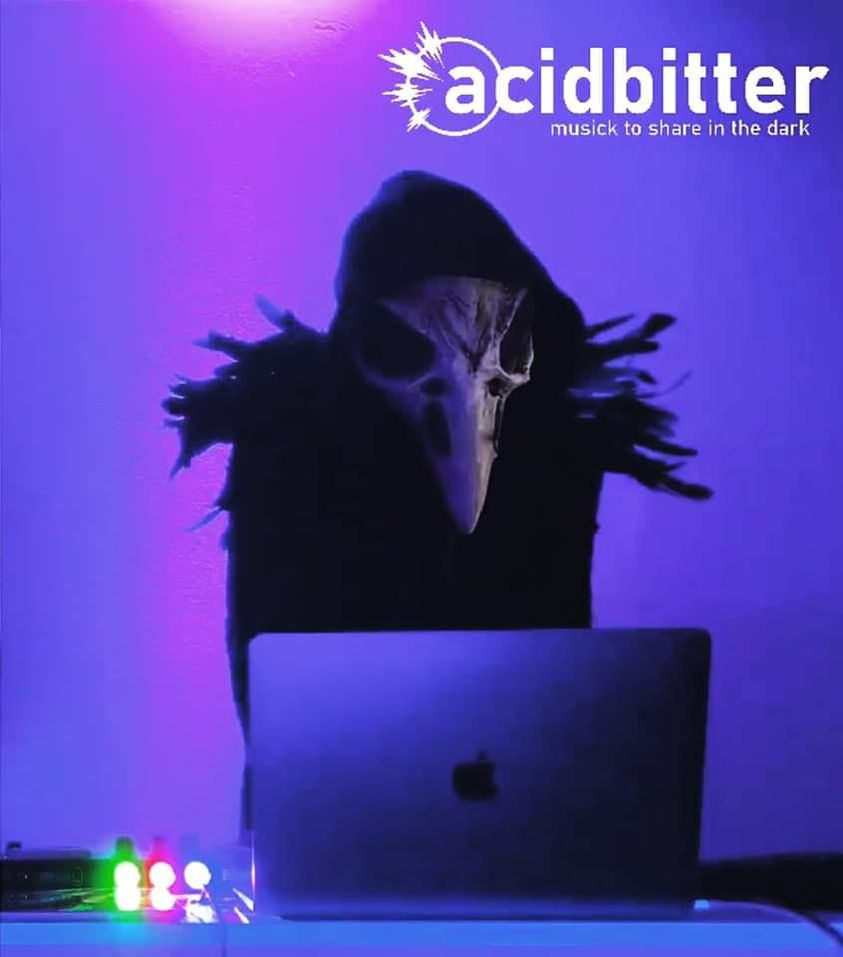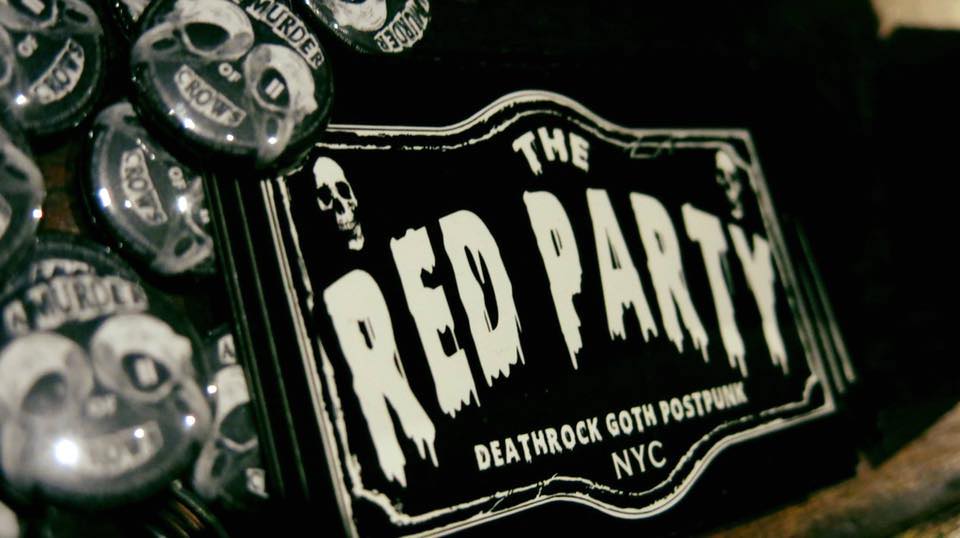This is the second part of our interview with the band ATARAXIA. You can read the first part of this interview here.
Blauerosen: I find the connection you have made at so many levels (aesthetics, subject matter of the album) between the four stages of magnus opus and the four elements fascinating. I find it enlightening that you talk about this album as the journey of a hero through the four elements. I sense that the word ‘hero’ is not accidental. Can you expand a little bit about how you perceive all this?
Ataraxia: In every myth and epic there is always a hero. That hero is us. Each of us. At the beginning of the story, he is a living being full of wounds and weaknesses that is unable to get in touch with its shadow (we could call it subconscious) and often acts causing harm and pain to itself and to others. Then comes the so-called “black night of the soul“, the breaking of the shell and narcissistic, childish and selfish core. Tabula Rasa. The Quest (inner research or work on us) starts! Every hero started from a defeat, from a loss, from a pain caused to other living  beings or to him/herself. The hero’s quest is our life mission, the grail is our naked true essence to be revealed so that the wounds, pain, frustrations and losses turn into talents thanks to this arduous and enlightening voyage. Talents are energy, talents are value, self-esteem, the tools we have to go on with our earthly quest. The closed heart progressively opens up and, as in alchemical research, lead is progressively transformed into gold. If there were no lead there could be no gold. Courage is the quality that needs to be developed for this transformation, the courage to go and see inside, to enter the dark forest, to face the inner dragons (the external ones are only projections of internal ones) and to be reborn. The fearful, the lazy, the indolent person, the one who has a closed heart and always goes into protection cannot access this level of awareness until he sets off naked on his journey. This is why there are so many legends of heroes, they are examples, they show us the inner path to take and that we can afford and handle of “inner voyage”. Each ATARAXIA album is a small piece of this journey and part of our personal quest. Each concert is a ritual, a way of making this dimension known to those who take part to it and, in some way, set off with us.
beings or to him/herself. The hero’s quest is our life mission, the grail is our naked true essence to be revealed so that the wounds, pain, frustrations and losses turn into talents thanks to this arduous and enlightening voyage. Talents are energy, talents are value, self-esteem, the tools we have to go on with our earthly quest. The closed heart progressively opens up and, as in alchemical research, lead is progressively transformed into gold. If there were no lead there could be no gold. Courage is the quality that needs to be developed for this transformation, the courage to go and see inside, to enter the dark forest, to face the inner dragons (the external ones are only projections of internal ones) and to be reborn. The fearful, the lazy, the indolent person, the one who has a closed heart and always goes into protection cannot access this level of awareness until he sets off naked on his journey. This is why there are so many legends of heroes, they are examples, they show us the inner path to take and that we can afford and handle of “inner voyage”. Each ATARAXIA album is a small piece of this journey and part of our personal quest. Each concert is a ritual, a way of making this dimension known to those who take part to it and, in some way, set off with us.
Blauerosen: We have seen some impressive woodcut prints from the artbook that accompanies this album and visualize its concepts. Is this the first time you collaborate with Insetti Xilografi? How easy was it to convey these concepts to them?
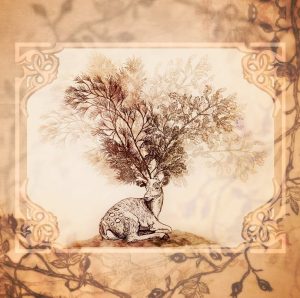

Ataraxia: I have known Alessia, the feminine side of Insetti Xilografi, for many years. She used to come to our concerts years ago and she has already collaborated with us for a scenography related to shamanism in 2010. This duo of artists and craftsmen is in perfect harmony with this album. They explore the same visionary world as us through natural materials like wood, leaves, flowers, and natural dyes to create paintings depicting peculiar inhabitants of nature, elemental spirits and mythological deities. Our collaboration was spontaneous and there was great enthusiasm and desire to work together. Alessia and Greg have given us the right visual and imaginative representation of each song and poem (the artbook is a collection of poems by Francesca combined with the woodcuts). Nicolas Ramain, the graphic designer who created our website and the lay-out of all our albums, managed to fit it all into a beautiful setting. We recommend visiting the Instagram page of Insetti Xilografi, the lab of wonders.
Blauerosen: These prints add yet more dimensions to the album and I was wondering how do you think they connect aesthetically with the rest of the visuals?
Ataraxia: The photos included in the CD booklet were taken on our hills at the time of ripening of the pomegranates and are imbued with nature and wild beauty while the images of the artbook created by Insetti Xilografi for the vinyl edition are inspired by mountains, wildlife, anthropomorphic deities and there are several floral decorations so there is much in common. Our photographs have the colors of late summer and early autumn, their woodcuts perfectly represent autumn and early winter. The colours balance each other so much that some of their decorations have been superimposed on our photographs.
anthropomorphic deities and there are several floral decorations so there is much in common. Our photographs have the colors of late summer and early autumn, their woodcuts perfectly represent autumn and early winter. The colours balance each other so much that some of their decorations have been superimposed on our photographs.
Blauerosen:I would like to ask you about the symbolism of the deer and how it fits within the concept of this album. Could you please tell us a little bit more about it?
Ataraxia: On an imaginative level, we were very impressed by Miyazaki’s film “Princess Mononoke” where the magical king of the forest was an imposing and wise deer, the one who maintained the balance between the elements. The ancient traditions always evoke this being, the King Deer, often impersonated by humans during the rituals of the ancient Celtic celebrations and rites of passage. The deer’s antler looks like the branches of a thick forest, its speed like that of the wind among the leaves, its silent passage is as mysterious as the night, its strength and its presence recall the majesty of a god. Insetti Xilografi have often represented this splendid being with a antler made of branches and fronds. The second song, Oruphal, speaks of a polymorphic being, both man and deer, of his fall, of his foolishness, of his slimy shadow and also of his possible passage to high peaks, an inner profound transformation from a neglected fugitive to ruler of his kingdom.
Blauerosen: Finally, is there a chance of us seeing you perform live in London in the near future?
Ataraxia: There are currently no scheduled dates. Pity. We would be very happy to go back to London where we have previously had very fruitful exchanges that we do not forget.
